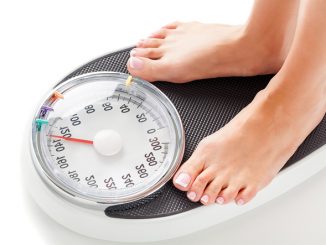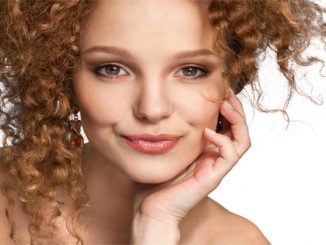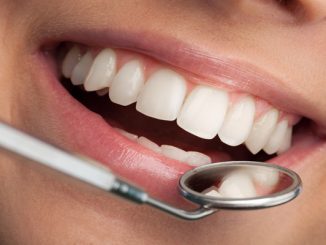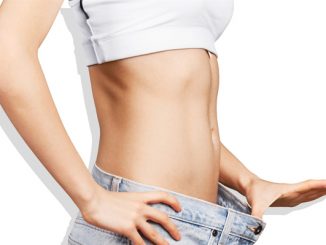

Acne, a skin condition could affect you both ways. It could affect your skin, cause blemishes and scars and shatter your self-confidence making you want to go into hiding. While the conditions are mild on some, it treats some with vengeance causing severe pain and ruining the looks altogether. There are various types of acne and the level of sufferings and the duration of treatment depends on the severity of the skin disease.
What Is Acne And What Causes It
Sebaceous glands produce oil in excess resulting in the clogging of pores. This leads to acne. It could make a mild attack or cause severe implications on your skin leaving scars behind. Acne is caused due to changes in hormones. This skin condition is commonly found in teenagers but seniors do not escape from its wrath. It affects both men and women. Women experience hormonal changes during menstrual cycle, pregnancy and menopause. A poor diet that lacks necessary vitamins and nutrients, cosmetics with chemical dominating composition, lack of sleep and stress are acne triggers.
Common Types Of Acne
Acne could be broadly classified as mild acne and severe acne.
Mild Acne Types
1) Whiteheads: Whitehead is one of the most common types of acne and it occurs when the pores is clogged. Natural oil along with bacteria and dead skin cells is trapped inside the surface of the skin causing whiteheads to appear. These white spots, which are smaller may at times not be visible to naked eyes.
2) Blackheads: Blackheads are considered the announcers for acne arrival. They last longer than whiteheads and they occur when the pores open and the sebum turns into brownish black color after oxidization. The sebum contains melanin and oxygen. Blackheads occur after puberty owing to the changes in hormone levels. While blackheads affect all skin types, people with oily skin are easy targets. If not attended to immediately, blackheads could develop into papules or pustules, or simply called the pimples.
3) Papules: Papules occur on the face, back as well as the chest in the form of small bumps. It is found in teenagers as well as adults. Unlike blackheads, there are no pores seen in papules. They remain closed and are inflamed. It is strictly advised against squeezing papules as they might cause scars that take time to disappear irrespective of the treatment.
4) Pustules: Simply referred to as a pimple, pustules occur when the white blood cells reach the skin surface. The bumps are medium-sized with inflammation and they have a noticeable white dot at the center. It may be yellow at times. Pustules should not be popped as it might worsen the infection and result in scars as well.
Severe Acne Types
1) Nodules: When papules and pustules become severe, they might result in nodules. They could occur anywhere on the body. Nodules are aggressive and could cause severe pain. The condition prolongs for months. Since the lesions form deep inside the skin, the time taken for cure gets longer. Nodular acne is characterized by hard large-sized bumps and scars. You need to have a combination of various types of treatment for treating nodular acne including oral medication, topical treatment and in case the problem persists, seek laser treatment.
2) Cystic Acne: Cystic acne is also called as nodulocystic acne. It is among the severest acne forms. The breakouts are deep and severe. Cystic acne is characterized by large blemishes and the cysts that form in this type of acne are soft with the lumps filled with fluid. They occur anywhere on the face, upper arms, shoulders, chest as well as the back. The scars resulting from cystic acne takes longer time to cure. Cystic acne need immediate attention and continuous treatment until the acne disappears. Cystic acne in family history could also trigger it in you.
Severe And Rare Types Of Acne
1) Acne Conglobata: This could be considered the worst form of acne. It occurs on any part of the body. The lesions are large and many. The damage to the skin could be severe and irrevocable. It mostly attacks males and the condition could prolong for years. The skin disease requires continuous treatment that combines the best of every treatment method.
2) Acne Fulminans: The symptoms are sudden and similar to that of acne conglobata. Scars and ulcerating acne are common. This type of acne might require hospitalization as the condition is associated with outbreak of fever and joint aches. Antibiotics are not known to produce results where this type of acne is concerned. Accutane might help this condition.
3) Gram-Negative Folliculitis: This is caused by bacterial infection. This could occur on people who are on antibiotic treatment for severe acne. Laboratories use blue stain for detecting microscopic organisms and this is referred to as ‘gram’. Gram negative is used to refer to bacteria that do not stain blue. The bacteria in gram negative Folliculitis resist many antibiotics. Isotretinoin and a few other antibiotics fight this type of acne. The condition is worse as it could lead to disfiguring the sufferer.
Patience Pays
It is no doubt that acne could throw you off balance when it gets severe. However, take comfort from the fact that acne is curable, only the duration depends on the severity of acne. Just as there are various types of acne, treatments for acne also are wide and varied. Choose the one that is best for you. While mild to moderate conditions can be addressed from home made remedies with assistance from dermatologists, severe acne need you to be more oriented towards the options prescribed by dermatologists. With patience, you can overcome acne and the effects it has on your skin and mind. When you go in for treatment, be assured that you are moving towards a solution. Have the best possible diet and do exercise regularly to help address hormonal changes. Let acne not get the better of you.











Leave a Reply
You must be logged in to post a comment.